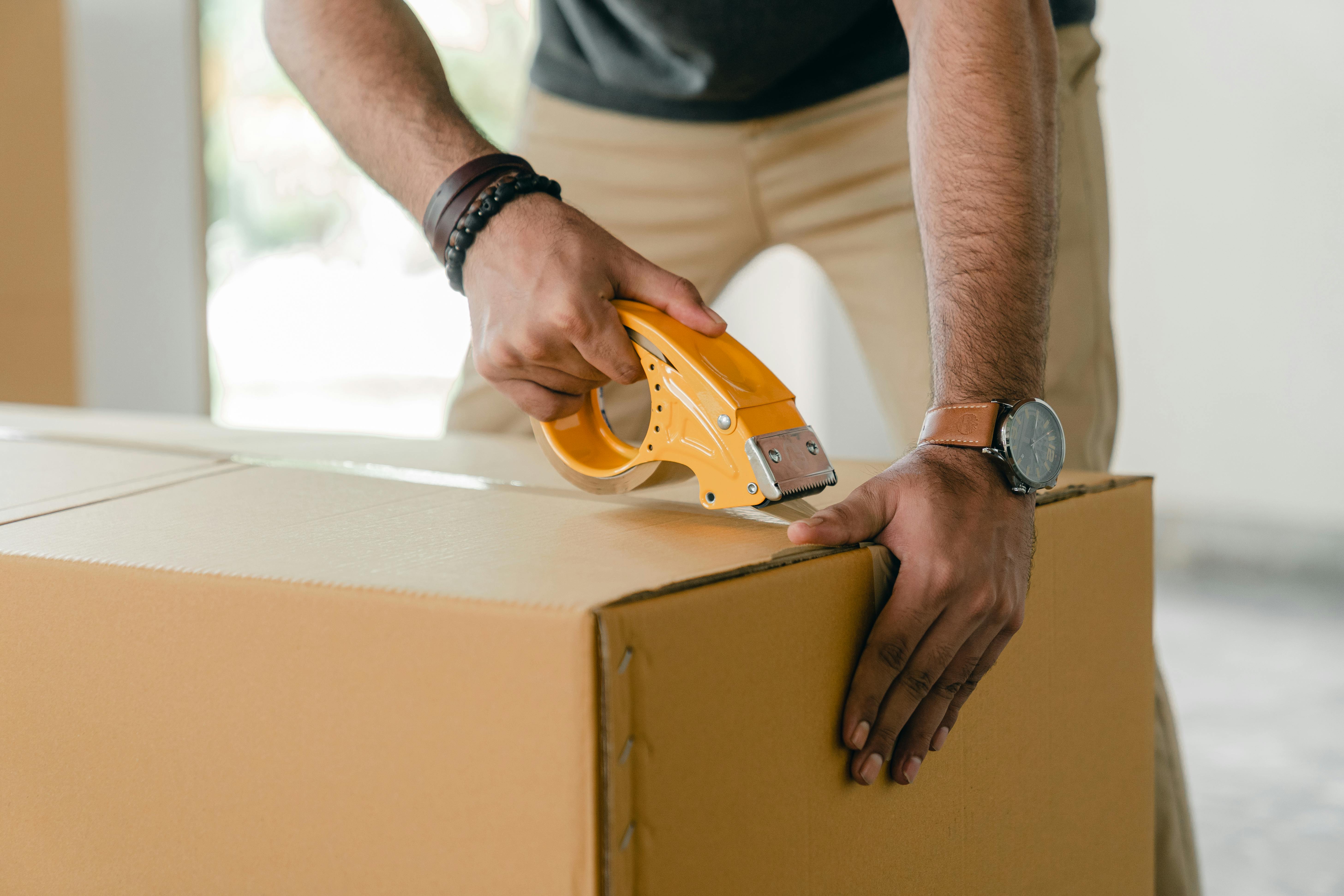
SOS – Goal Setting
… — … SOS This is the traditional marine emergency call for “Save our ship!” – to rush first aid to a sinking ship. On land, and in everyday life, it simply means “HELP!” Until I read this recently, I never knew exactly what it meant. Did you know the correct meaning? My sister thought it meant Save Our Souls.
Have you ever felt the need to send an SOS? Yelling “help” because you have so much to do and your life is too confusing to handle? Have you ever felt like you were paddling against the current in a canoe with holes in it? Well, perhaps tonight I can offer some words of wisdom that will help you repair that canoe so you can safely make your journey.
I recently read about another meaning for the acronym SOS. It was in a book called “Go For It, Get Organized,” and it stood for Simple, Orderly, Step-by-Step. Now you can say, sure, it sounds easy, but my life is too crazy. I have too many things to do; it will never work for me. My life is anything but simple. Well, before you dismiss this idea, let’s take a look at how it works.
The first simple step is to take a look at your life or situation. Try to see the big picture and set a goal. Now, a goal is simply defined as “the end towards which the effort is directed.” So you can choose whatever can be your goal. The second step is to take a look at your objective and determine what needs to be done first. Once you can establish an end point, it’s much easier to see how to get there.
Think about doing a puzzle. It breaks down into many small pieces. Each piece has to fit into place. You have a picture of what it should look like when it’s finished: your goal. When you can look at the picture of the box, it’s much easier to imagine where each of the pieces goes. You keep checking the image to make sure you’re heading in the right direction. Without the image, it is much more difficult and takes much longer to complete.
Most people have a system for putting together a puzzle. Some people like to find all the pieces with straight edges and put the outside together first. Others will choose the largest item and put it together. Others will sort all the puzzle pieces into piles of each of the colors before beginning. Regardless of how you do a puzzle, you must have a vision, an idea of the end result, before you can complete it.
When you were a child learning to walk, you had a goal. Usually one of your parents would hold out their arms and say, “Come here.” Your goal was to get into his arms and receive a big hug. So you took a step or two and then you fell and maybe you crawled the rest of the way. The next time you took two or three steps and then four and five until you finally walked all the way only to hear them say, “Good boy or good girl” and give you a big hug. After days or months of practice, you learned to walk everywhere, and then you learned to run. Now you were no longer restricted to a small corner of the world, you had a big world to explore. But it all started with a vision.
We all may want to be superhuman, to achieve many things, but the fact is that we can only focus on one thing at a time. Most of us have computers and are impressed with their speed and all the things we can do with them, but no matter how mind-blowing the operations of a computer may seem, in fact, the computer only performs one operation at a time. And if the computer doesn’t have an end in mind, if someone forgot a command, it can’t do its job. The same applies to us. If we don’t have a goal, we can wander off in too many directions to accomplish our tasks.
Have you ever noticed how much more you accomplish at work just before you go on vacation, or how quickly you can clean your house when you know company is coming soon? It’s because you’re more focused. There are certain things that need to be accomplished, so you start working on completing one thing at a time and don’t let small interruptions keep you from your goal.
What are some of your goals? What do you dream with? Where would you like to be in four years? What do you want to do next week? What is there to do today?
When you look at all the things you have to do in your life, ask yourself these simple questions:
Should it be done?
Should it be done now?
Should I do it?
The answers to these questions can help you to simplify, to eliminate what is really not necessary. Many times we complicate our lives when we are distracted by past, future or secondary issues, by “what if”, “if only”.
The next thing to do after deciding that the task must be done now, and by you, is to break it down into smaller, simpler steps and to tackle those steps in an orderly manner, one at a time, just as you would the puzzle coins. By focusing on one area of your life and putting it in order by completing it, you energize yourself to focus on another area and then you can complete it next. I recently read that completing tasks releases endorphins in our bodies and makes us want to complete even more tasks. Think about how you felt the last time you completed a project.
When we work on a puzzle, we usually take short breaks to rest our eyes, look away from the problem, and come back with a fresh perspective. It’s surprising how often you immediately see where some pieces go when you come back from a snack or just taking a break. It is important to take breaks, relax, and put your mind and body on hold for a few minutes.
At Flylady.com, the site’s author suggests doing things in 15-minute intervals, for example, if you have to clean your house in a hurry because company is coming, set a timer for 15 minutes and tackle a room, maybe the kitchen. When the timer goes off, he resets it and tackles the next room. At the end of those 15 minutes you tackle another room and at the end of 45 minutes you set it for 15 minutes again and take a break. Then you start all over again. It’s amazing what you can accomplish in 15 minutes when you’re focused.
Getting in the habit of organizing with SOS principles requires what every new skill requires: practice.
Studies have shown that it takes about 21 days or 3 weeks to create or eliminate a habit. So give it a try for the next 3 weeks.
Pick a goal or vision to focus on and place the SOS acronym on your bathroom mirror so you see it every morning. See how energized you feel completing that task, and think of a great way to reward yourself when you’re done.



